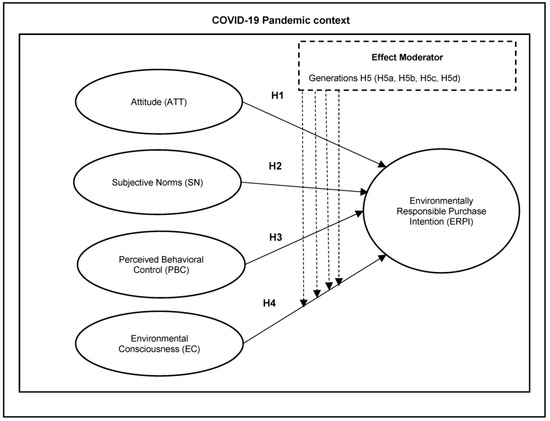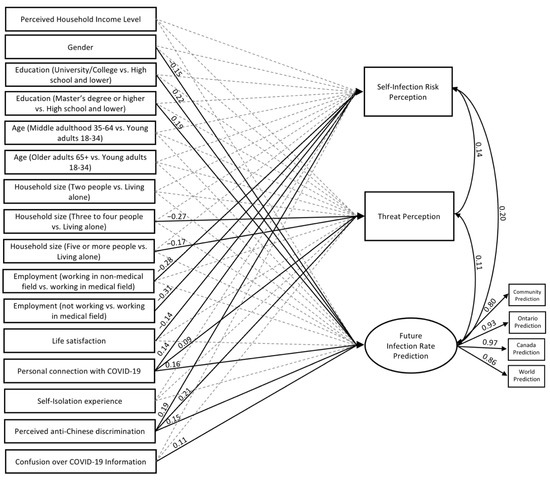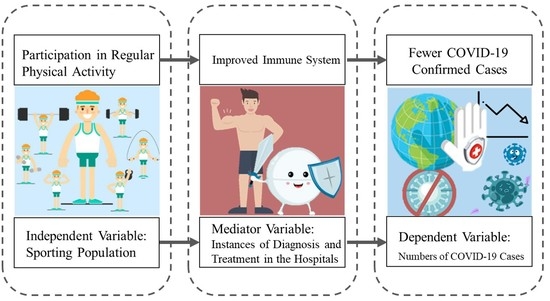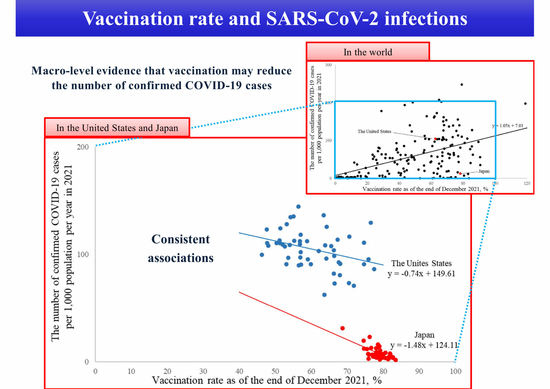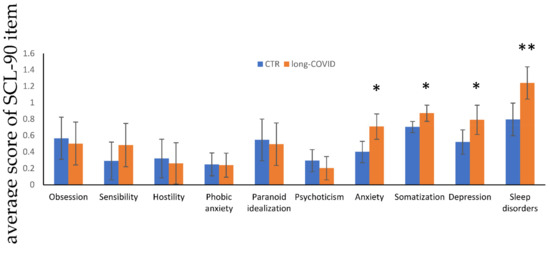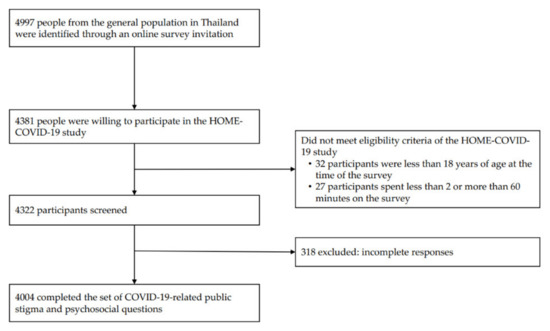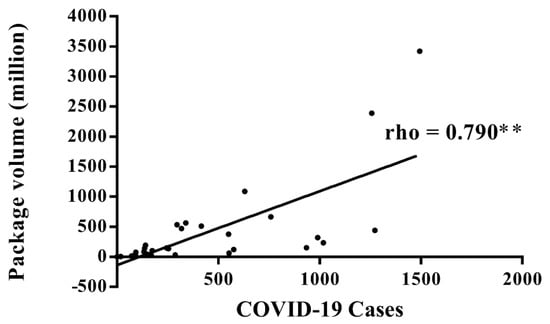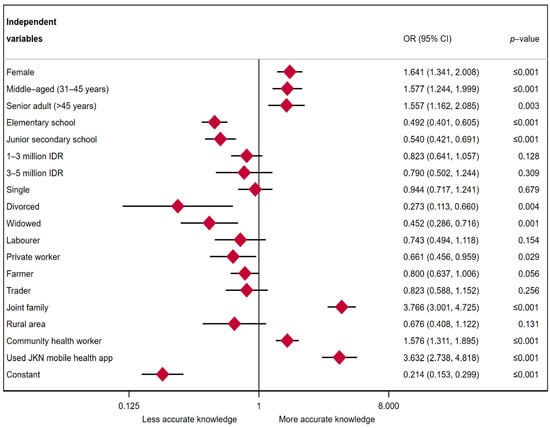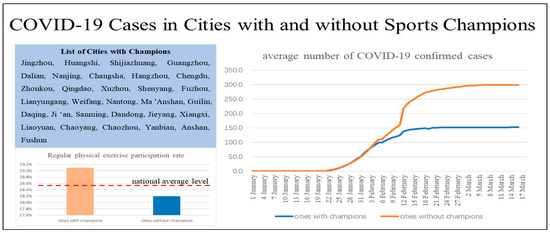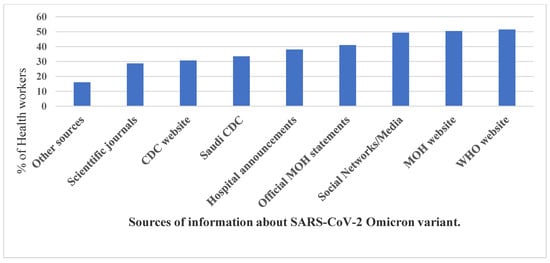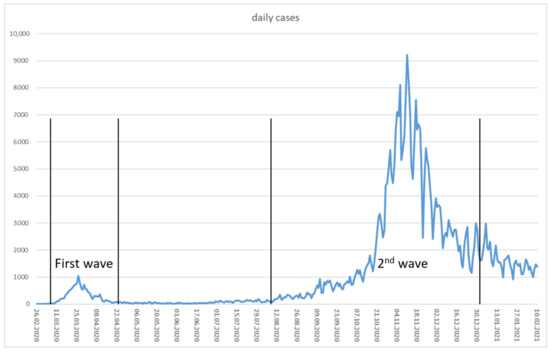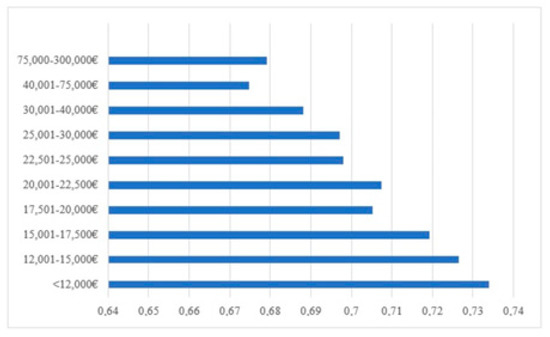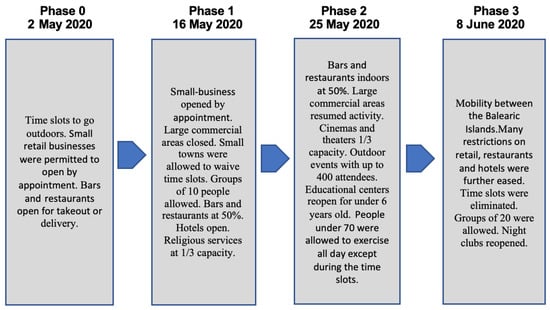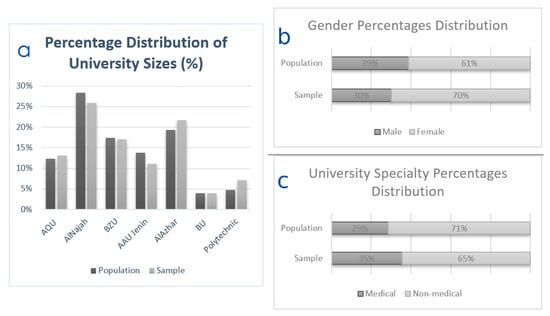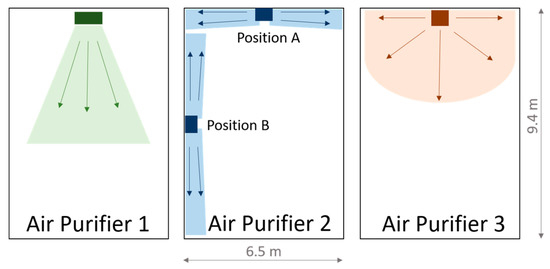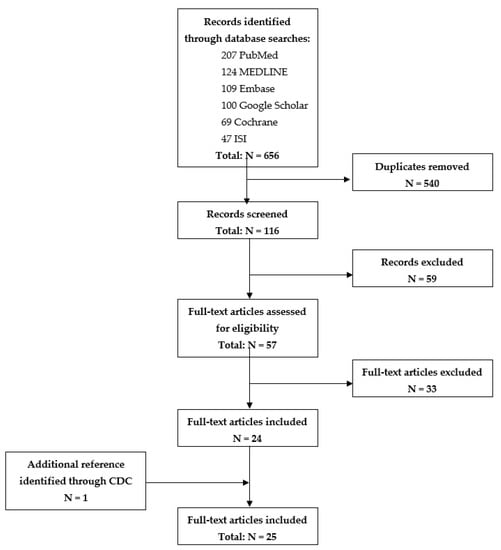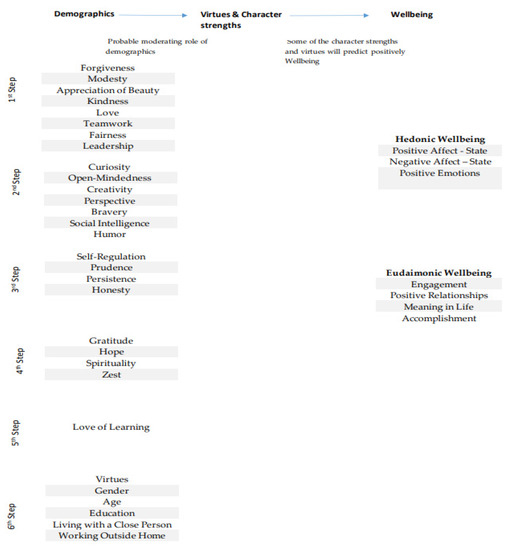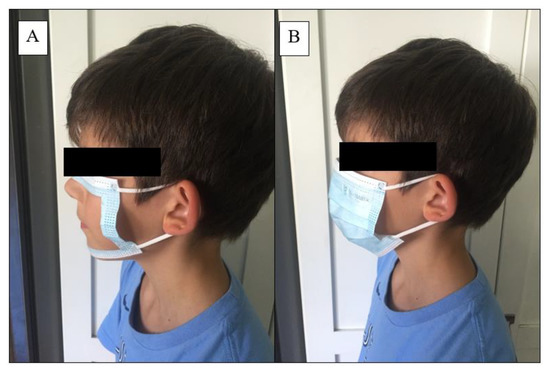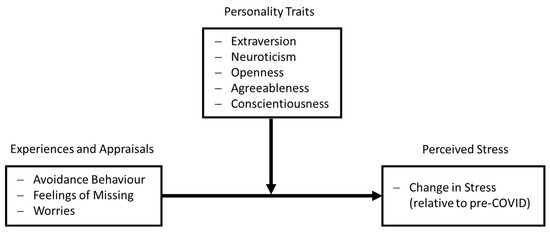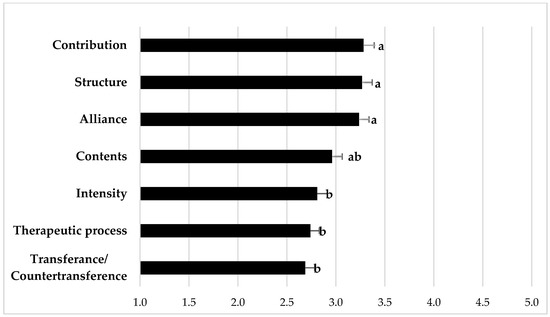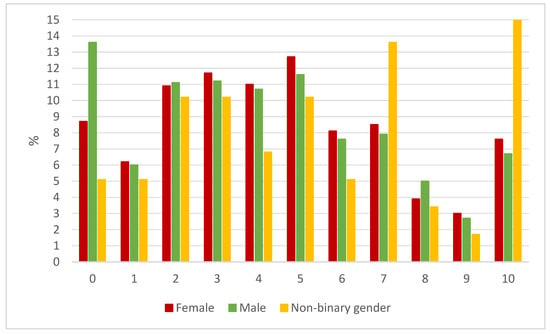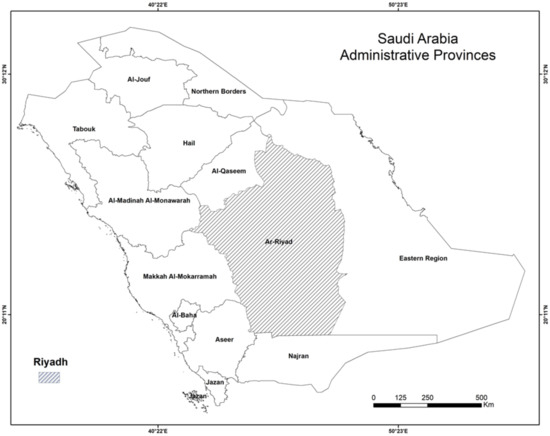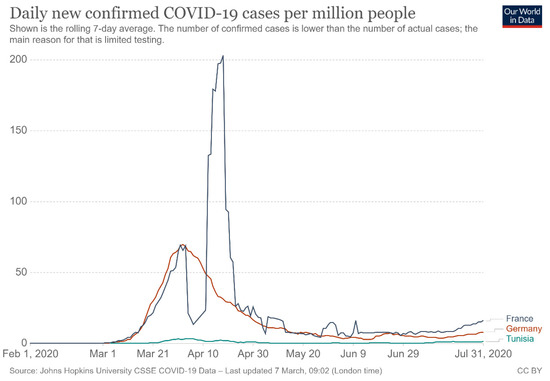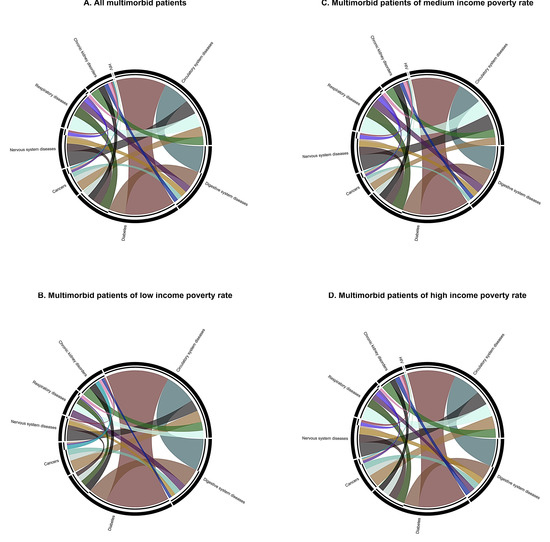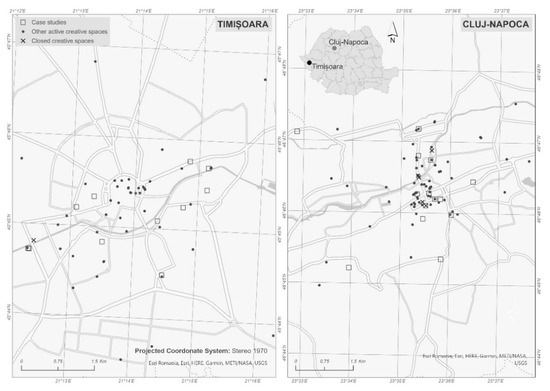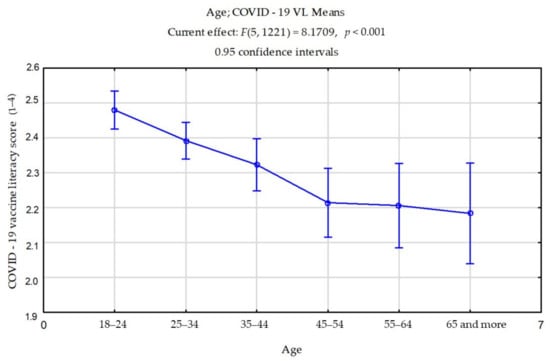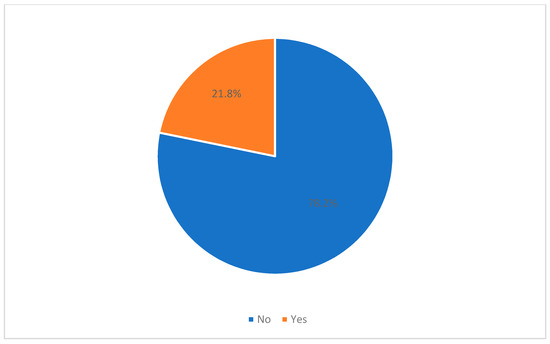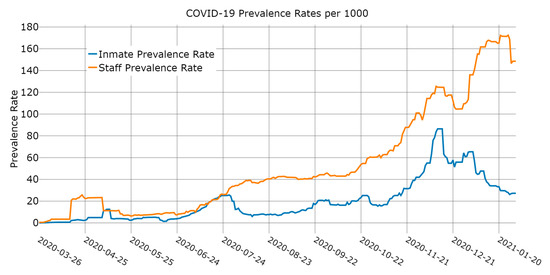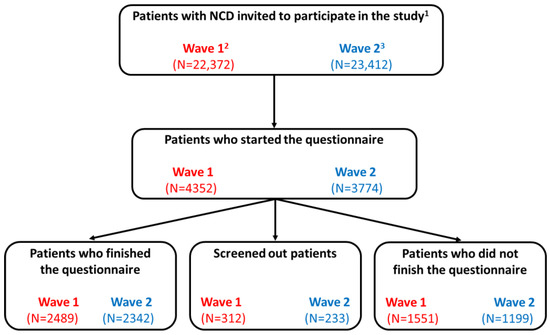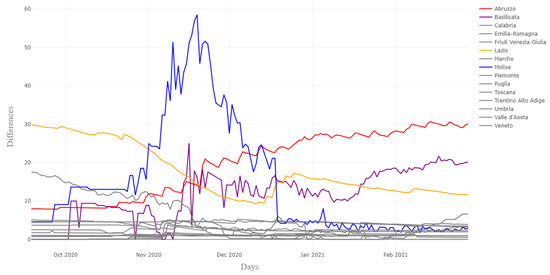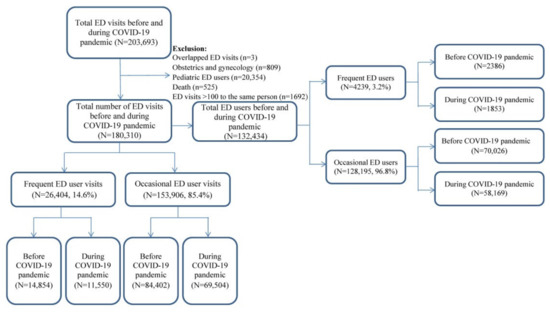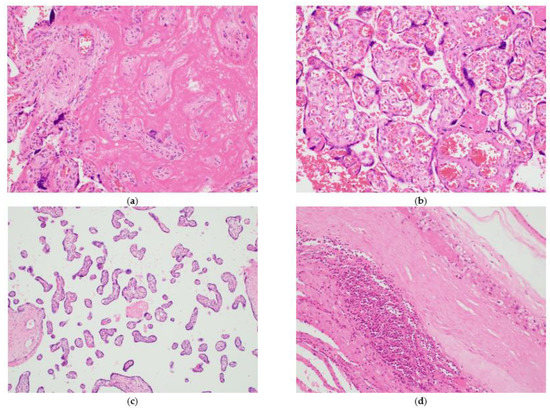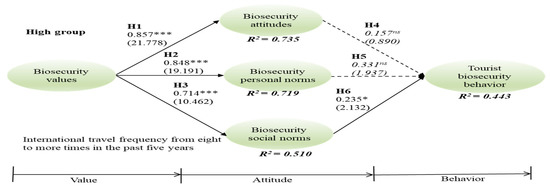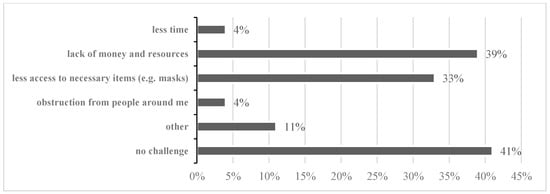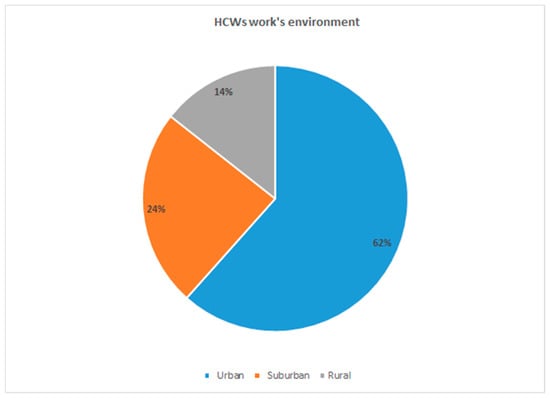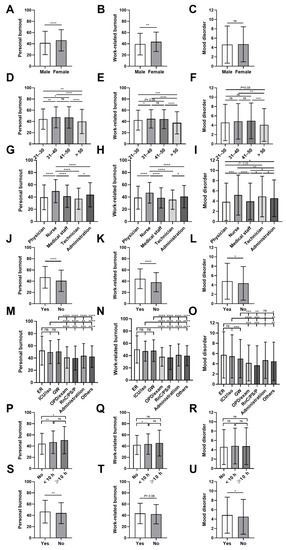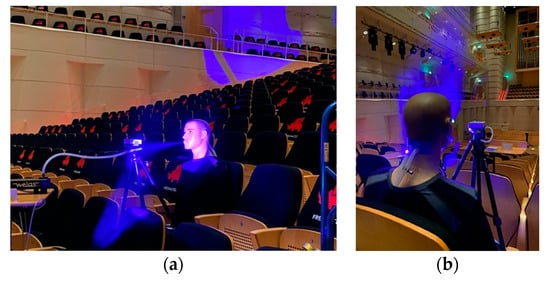COVID-19 Research
A topical collection in International Journal of Environmental Research and Public Health (ISSN 1660-4601). This collection belongs to the section "Infectious Diseases, Chronic Diseases, and Disease Prevention".
Viewed by 302271Editor
Interests: environmental health and diseases; gene-environment interactions; environmental toxicology, mutagenesis and carcinogenesis; environmental epidemiology and disease control; health risk assessment and management; ecological risk assessment and management; environmental chemistry and computational toxicology; environmental genomics and proteomics; environmental medicine; and natural resources damage assessment and management
Special Issues, Collections and Topics in MDPI journals
Topical Collection Information
Dear Colleagues,
As Editor-in-Chief of the International Journal of Environmental Research and Public Health, I am delighted to invite you to contribute articles for this Topical Collection of the journal dedicated to COVID-19 Research: Challenges and Opportunities.
COVID-19 is a highly infectious disease caused by the severe acute respiratory syndrome coronavirus 2 (SARS-CoV-2), which was first discovered in December 2019 in Wuhan, China. Since that time, SARS-CoV-2 infection has become a pandemic. It is now considered to be the most challenging health issue of our times. It has rapidly spread over the world, and as of 7 February 2021, there have been about 27 million confirmed cases and 462,000 COVID-related deaths in the United States. Globally, more than 105 million confirmed cases and 2.3 million deaths have been reported.
Initially transmitted through animals to humans, SARS-CoV-2 has a high degree of pathogenicity, and has since been transmitted extensively from humans to humans by both symptomatic patients and asymptomatic individuals. The clinical manifestations COVID-19 may appear 2–14 days after exposure to the virus, with symptoms ranging from mild to severe symptoms including fever or chills, cough, shortness of breath or difficulty breathing, fatigue, body aches, headache, loss of taste or smell, sore throat, congestion or runny nose, nausea or vomiting, diarrhea, trouble breathing, persistent pain or pressure in the chest, confusion, inability to wake or stay awake, and bluish lips or face.
This COVID-19 pandemic has created and continues to cause devastating medical, psychological, socio-economic, and environmental impacts on all aspects of human endeavors. These deleterious impacts disproportionally affect marginalized population groups, such as racial/ethnic minorities, individuals of low socioeconomic status, and people with disabilities. In order to reduce the incidence/prevalence and mortality rates associated with COVID-19, several public health measures, including wearing masks/face covers, social distancing, and hygiene have been recommended. Great efforts have also been made to develop effective vaccines against SARS-CoV-2. A few of these vaccines have already received emergency use authorizations from government agencies, and are currently being distributed for vaccinations.
This Topical Collection of IJERPH is designed to enable the rapid publication and dissemination of innovative research aimed at advancing the scientific knowledge and highlighting future perspectives on the SARS-CoV-2 and COVID-19 pandemic. We are interested in all aspects of COVID-19 research, including the biomedical, socio-behavioral, economic, environmental, and clinical aspects. Detailed areas of emphasis are listed below under the Keywords section.
Prof. Dr. Paul B. TchounwouCollection Editor
Manuscript Submission Information
Manuscripts should be submitted online at www.mdpi.com by registering and logging in to this website. Once you are registered, click here to go to the submission form. Manuscripts can be submitted until the deadline. All submissions that pass pre-check are peer-reviewed. Accepted papers will be published continuously in the journal (as soon as accepted) and will be listed together on the collection website. Research articles, review articles as well as short communications are invited. For planned papers, a title and short abstract (about 100 words) can be sent to the Editorial Office for announcement on this website.
Submitted manuscripts should not have been published previously, nor be under consideration for publication elsewhere (except conference proceedings papers). All manuscripts are thoroughly refereed through a single-blind peer-review process. A guide for authors and other relevant information for submission of manuscripts is available on the Instructions for Authors page. International Journal of Environmental Research and Public Health is an international peer-reviewed open access monthly journal published by MDPI.
Please visit the Instructions for Authors page before submitting a manuscript. The Article Processing Charge (APC) for publication in this open access journal is 2500 CHF (Swiss Francs). Submitted papers should be well formatted and use good English. Authors may use MDPI's English editing service prior to publication or during author revisions.
Keywords
- SARS-CoV-2 biology, biochemistry, and physiopathology
- COVID-19 pandemic
- Biomarkers of exposure, sensitivity, and effect
- COVID-19 epidemiology, diagnostics, and therapeutic strategies
- Vaccine development and vaccinations
- Socio-economic, psychological, and environmental impacts
- Health education and COVID-19 prevention
- COVID-19 health disparities






